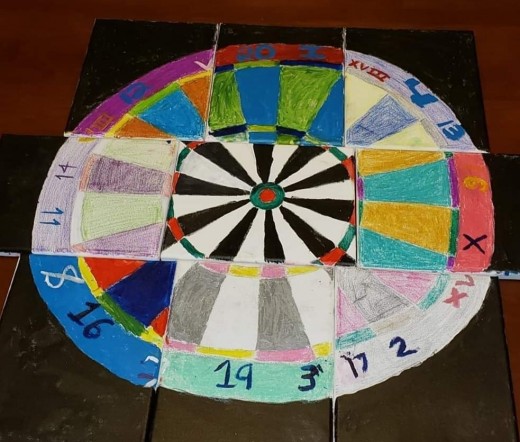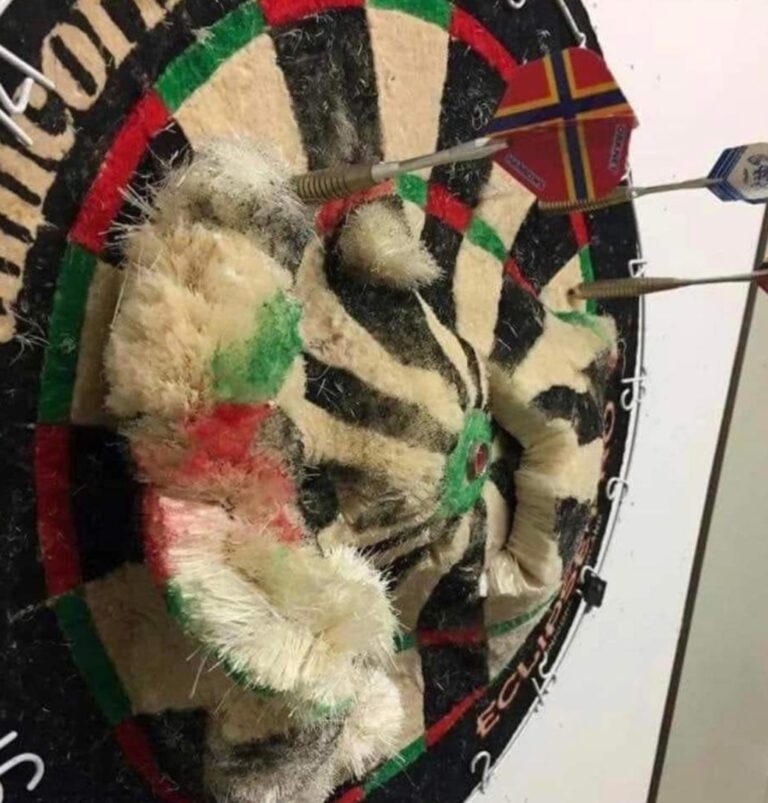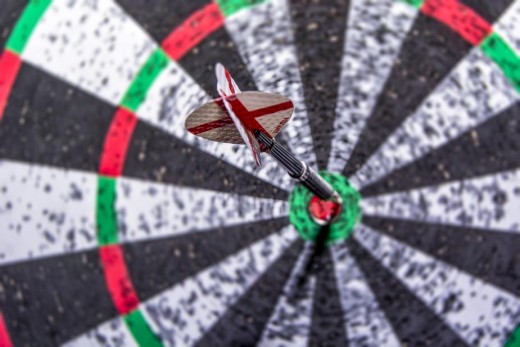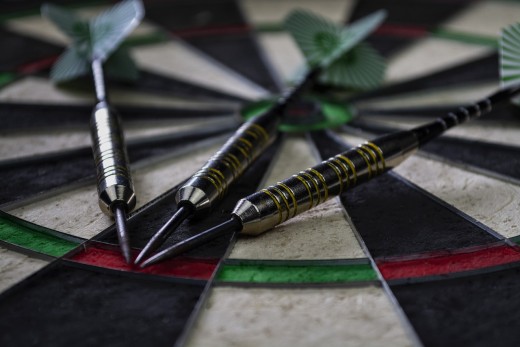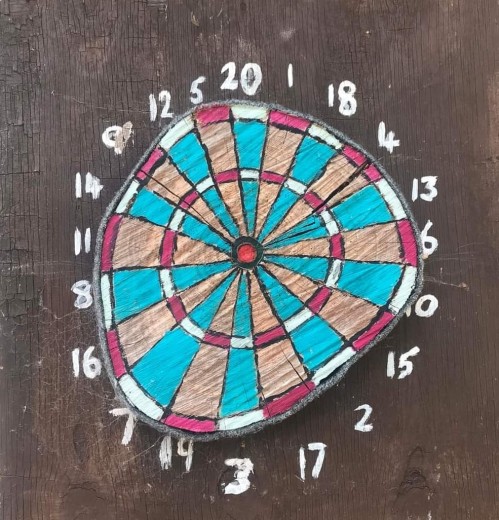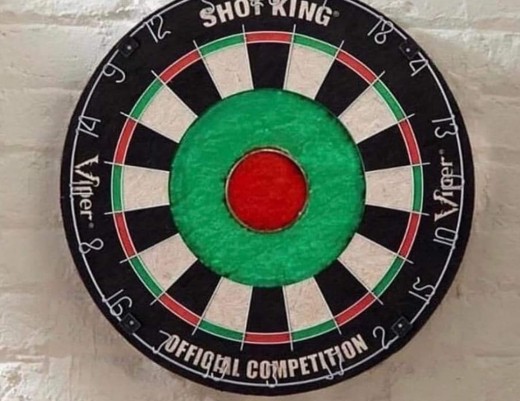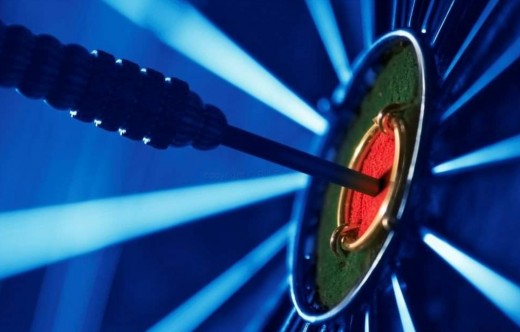August 1, 1998
Column 56
Reykjavik, Iceland
When I touched down in Reykjavik a week ago my full knowledge of Iceland could have been scribbled in a moment on the side of a coal cracker flight. I knew that Reagan and Gorbachev held some sort of big-wig summit here in 1986. I knew that Boris Spasky sent Bobby Fisher into retirement here in 1972. I knew that Keiko, the Orca of “Free Willy” fame, was to be reintroduced to his pod here sometime in 1999.
My business was to scope out Keiko’s next home in the icy waters off the far northern coast of the island. This, believe it or not, was accomplished with relative ease. Compared to locating Reykjavik’s resident darts guru, Benedikt Benediktsson, who I was told could introduce me to the best of the Icelandic darts scene, navigating my way to Keiko’s future neighborhood was as routine as taking out the double top.
The deal with Keiko is as simple as it is sad. Just as his capture as a young whale was all about money, just as his decade-long incarceration at a Mexico City theme park was all about money, just as the Hollywood tear-jerker about his plight was all about money, the “plan” to save him — to release him back into the waters where he was born — is also driven by greed. Keiko will die in short order if he’s flown 6000 miles and plopped into a strange new world. Any animal welfare expert who suggests otherwise is simply motivated less by compassion than by the big bucks they can raise off the whale with their interminable fund raising dun letters.
I was confounded from the start in my search for good old Benedikt. It turns out that names in Iceland are constructed using the patronymic system. That is, a person receives a Christian name from their parents and their surname is taken from their father’s Christian name. Girls add the suffix “dottir” (daughter) to the patronymic and boys add “son”. Therefore, my man Benedikt, the son of Benedikt, is called Benedikt Benediktsson. His sister, Guorun (assuming Benedikt actually exists and has a sister with such an oddball name) would be called Guorun Benediktdottir. I’d be called Dartoid Saulsson.
If you’re still with me (and if you are you must enjoy watching carbonated bubbles rise in a glass of beer) you’ll recognize my point. That is, people in Iceland, basically, do not have last names. What this means is, trying to find my particular son of Benedikt in the telephone directory was an exercise in futility. So I blew off the little Viking and hit the bars alone.
From Keflavik and Reykjavik in the relatively populous southeast, up the coast to mystic Stykkisholmur (where aliens are said to live) and across the fjords of the northern frontier to Akureyri and Husavick, just thirty miles south of the Arctic Circle, I sipped Icelandic bjor (beer) and scoured the countryside for a game of piluspil (darts). In all, I covered some 1,500 miles of the most bizarre landscape to be found on the planet.
They call Iceland the “land of fire and ice” because you can explore volcanos alongside huge glaciers inching into moonscape lava fields only recently cooled of their red-hot glow. Because you can plunge into a hot thermal spring even though the land around may be covered in deep snow. They call it the “land of the midnight sun” because in the summer the sun never sets. You can tee it up at two in the morning as easily as two in the afternoon, just as a foursome is doing now outside the window of the tavern where I write. For the past week I have functioned in continuous daylight. I have slept little.
And what they call Iceland is right on the mark. It’s the most isolated and most sparsely populated nation in the Western World. Greenland is the closest landmass. Less than a million people have lived in the country since, depending on your interpretation of history, either the Viking Floki Vilgerdarson or some Irish monk first stepped onto the lava shores.
Three-quarters of the country is uninhabitable. There’s hardly a tree to be found. The terrain is covered with powerful gushing hot springs that send columns of superheated water high into the sky, hundreds of volcanos, huge city-sized slabs of lava, bubbling hot mudpots and glaciers as thick as two football fields. In the central region of the country astronauts have trained to walk on the moon.
As far as I can tell, Benedikt Benediktsson or no Benedikt Benediktsson, the darts scene here is about as devoid of life as the country itself.
I’m in the Glaumbar (Tyggvagata 20) in Reykjavik. For the past hour I have pummeled some dottir of somebody at the only board I’ve been able to find. I had to pull out my soft tips and figure out which krona coin the machine preferred to gobble, but the Egils bjor, the conversation and this particular dottir’s long legs made my journey and this final stop worth every single sunlit minute of my visit.
So if you’re looking for some of the most unforgettable and previously inaccessible areas of the world, where you can drive or walk for hours, days or weeks without seeing a soul Iceland is the place to go. If for some strange reason you wish to walk in the footsteps of Reagan and Gorbachev, sit down at a chessboard in the land where Spasky and Fisher once did, or visit the graveyard of a three ton whale, Iceland is your country.
But if darts is your game and it’s a sisal-stompin’ Joe in a beer-stained shirt you’re looking for, then this no-man’s land is best left for Benedikt Benediktsson and the leggy great granddottirs of Viking’s past.
From the Field,
Dartoid

